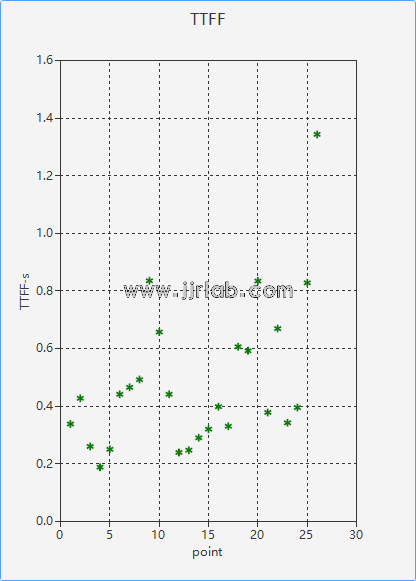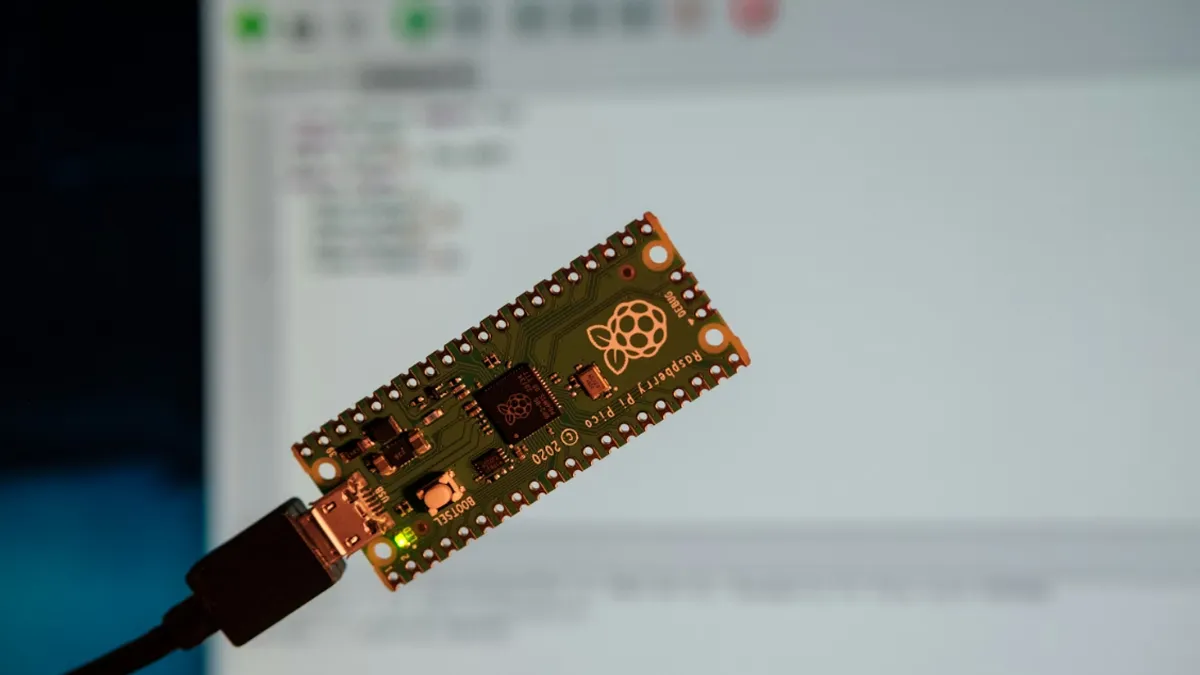
What is E112 Certification?
"E" stands for Emergency, referring to emergency situations; "112" is the free emergency call number in the EU region. Since March 17, 2022, all smartphones sold in the EU market must comply with RegULation (EU) 2019/320. As a supplement to the Radio Equipment Directive (RED) 2014/53/EU, this regulation mandates the implementation of E112 emergency call requirements to quickly and accurately provide the caller's location information to emergency rescue services.
E112 Certification Testing Requirements
Smartphones must meet the mandatory requirements for Galileo system positioning, Advanced Mobile Location (AML), and WLAN positioning.
1. Galileo System Positioning
Assess compatibility with the Galileo system and the accuracy of Galileo positioning observations.
2. Advanced Mobile Location (AML)
AML compliance requirements include the processing and transmission of caller location information data and compatibility with PSAP (Public Safety Answering Point) systems.

3. WLAN Positioning
This section outlines the performance requirements when using WLAN positioning on smartphones, mainly referencing the standard ISO/IEC 18305 and recommending testing in real-world scenarios.
Testing items and requirements:
a) WLAN Compatibility: Capable of location-based services based on 802.11 series standards and existing 802.11 infrastructure.
b) WLAN First Location Time: ≤20s, must include scenarios 1 and 2 defined in ISO/IEC 18305; other scenarios are not mandatory.
c) WLAN Horizontal Location Accuracy: ≤30m, confidence level 67%, must include scenarios 1 and 2 defined in ISO/IEC 18305; other scenarios are not mandatory.
Email:hello@jjrlab.com
Write your message here and send it to us
 How to get a D-U-N-S® Number for US FDA Registrati
How to get a D-U-N-S® Number for US FDA Registrati
 Household Massage Devices Compliance in the China
Household Massage Devices Compliance in the China
 Compliance for the Global In Vitro Diagnostic (IVD
Compliance for the Global In Vitro Diagnostic (IVD
 Compliance Guide for Nebulizers in European and Am
Compliance Guide for Nebulizers in European and Am
 Cybersecurity Certification Service for EU RED Dir
Cybersecurity Certification Service for EU RED Dir
 ANATEL Certification Compliance Guide for Brazil M
ANATEL Certification Compliance Guide for Brazil M
 Energy Storage Battery Brazil Inmetro Certificatio
Energy Storage Battery Brazil Inmetro Certificatio
 Southeast Asia Compliance Requirements for EV Char
Southeast Asia Compliance Requirements for EV Char
Leave us a message
24-hour online customer service at any time to respond, so that you worry!




